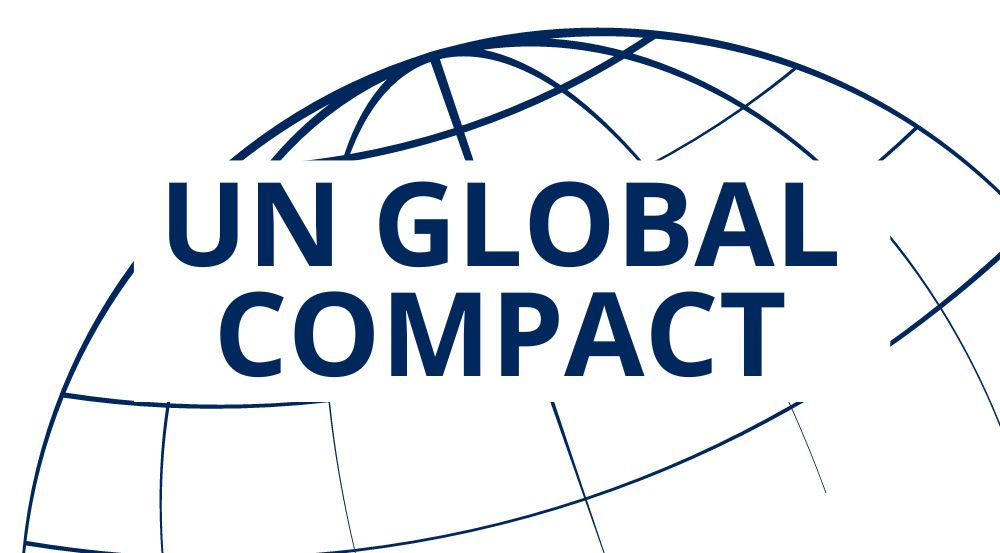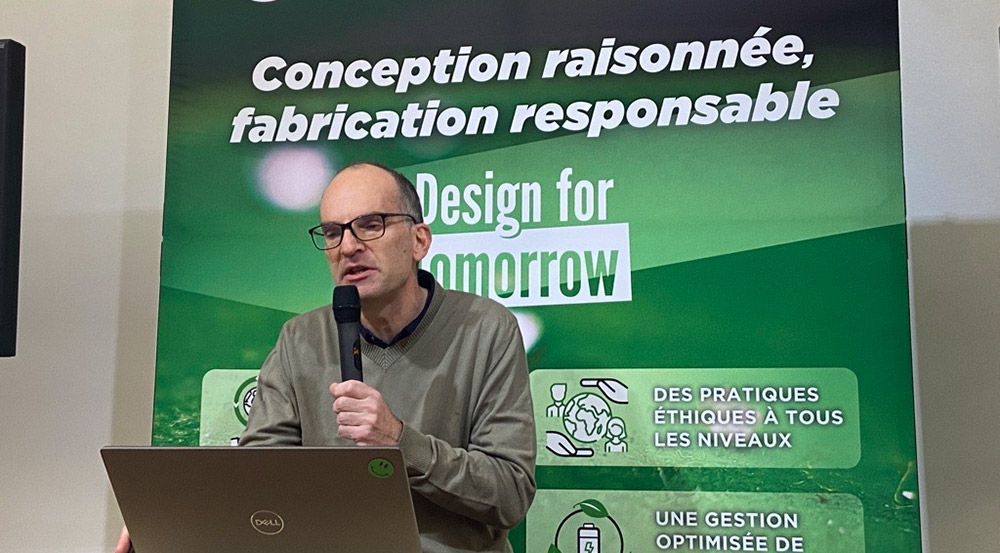Under the AGEC law, producers of electrical and electronic equipment (EEE) must submit an eco-design prevention plan (EPP) via an eco-organisation. This is a legal…
Give products a second life
Because the climate emergency is becoming urgent and because the depletion of resources is an issue for everyone, the circular economy is key.
As part of its eco-responsible Design for Tomorrow approach, Altyor offers loop solutions to give a second life to its customers’ products.
The recycling loops proposed by Altyor
Refurbishing loop
The refurbishing loop aims, after recovery of the deteriorated or no longer used product, to make it as good as new by repairing, cleaning or changing damaged parts. Once the product is functional again, it starts a new life cycle, either as a donation to associations or for resale.

Recycling loop
The recycling loop aims to recover the product, dismantle it and reuse the materials. These materials are then reused to manufacture either the same products in a closed loop, or new products in an open loop. By 2022, thanks to the Altyor recycling loop, 76% of the plastic used was recycled plastic.

3 models to recover the products
Altyor’s expertise in the circular economy of products allows you to benefit from Altyor’s loops. The real challenge for any marketer is to build its business model in order to have the capacity to recover products at the end of their life. To do this, your product’s business model must be thought through as early as possible. It is possible to do it along the way showing your users your ecological transition.
There are several models for product recovery:
The end user buys his product. He can return it at the end of its life and he will be rewarded.
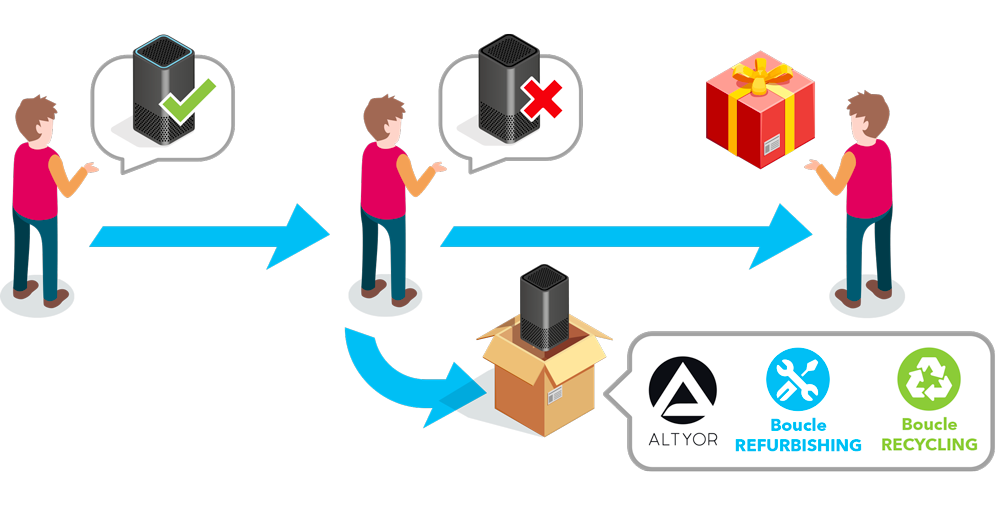
When to choose this model?
- When the impact on the purchase is marginal and losing the material has no financial consequences.
- When your business model allows you to offer rewards.
- When your company has strong values that you wish to emphasise in concrete terms.
What are the advantages for the marketer?
- This model allows you to amortize your products by giving them several lives
- The reward system ensures maximum product returns and shows your commitment to the environment.
What are the benefits for the end user?
- This model puts the user in a voluntary responsible position.
- The user receives financial benefits in return.
The end user buys his product or not. He pays a monthly subscription. The user has to return the product at the end of its life and if he doesn’t, he has penalties.
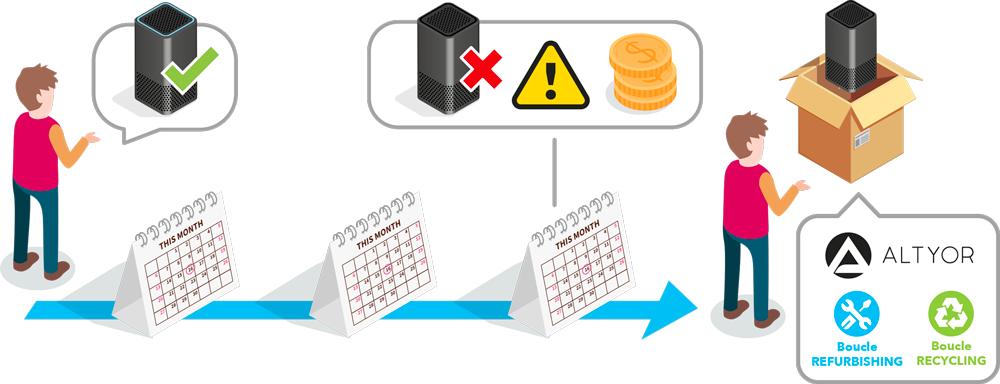
When to choose this model?
- When the product has a high value and you want to pass this on to the subscription
- When you want to highlight the service and build a strong and lasting relationship with your user.
What are the advantages for the marketer?
- This model allows you to have a recurrent income thanks to the monthly subscription.
- It ensures the return of products and therefore the amortization of these products by offering them a new life.
What are the advantages for the end user?
- The user benefits from regularly updated material.
- If the subscription is without commitment, the user will only pay for what he uses.
The user does not buy the product and is not the owner. It is the manufacturer.
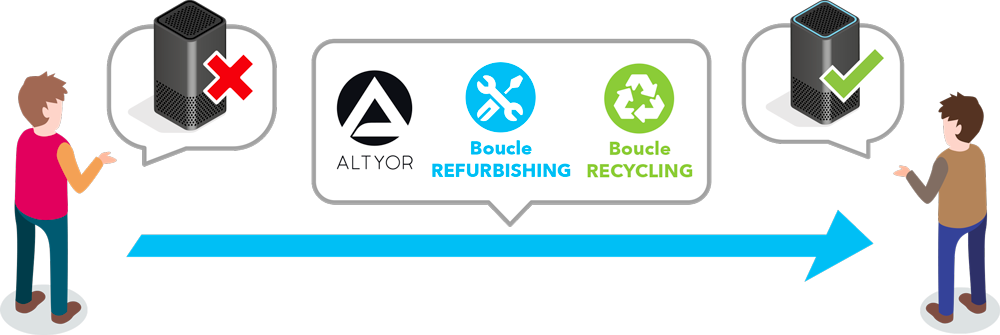
When to choose this model?
- When your product is always accessible to you and is not the property of the user (meter, …)
What are the advantages for the marketer?
- You are sure to be able to recover your products to give them a second life.
- This model offers you a recurrent income, thanks to the subscription.
What are the advantages for the operator?
- The equipment is free.
- The operator has access to the latest product versions.
- He can also have access to usage data
What are the advantages for the user?
- The user does not have to invest in expensive hardware.
- The user only pays if he uses it.
[Case study] Setting up a reconditioning loop for Bookinou
The start-up Pimely has created the Bookinou audio reader for young children. Altyor is their industrial partner and supports them in the design and production of their product. Pimely has created a circular economy scheme aimed at recovering Bookinou no longer used or abused by its young users. For this, a REFURBISHING loop has been chosen and each product recovered is then refurbished to give them a second life. At the end of the process, they are donated to associations such as the Necker-Enfants malades Hospital in Paris.
Discover the Bookinou Circular Economy process through these videos:
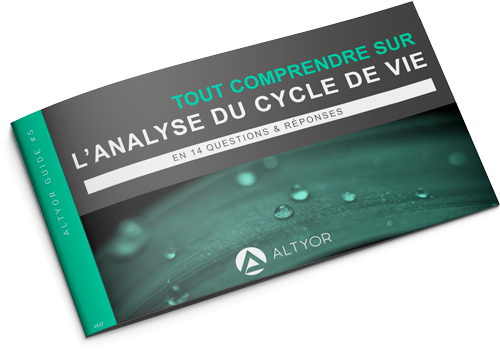
How to calculate and analyse the ecological footprint of your product?
Life cycle assessment is the starting point for understanding the environmental impact of your product. To understand the ins and outs of what is known as LCA (life cycle assessment), we have put together 14 answers that will shed some light.
Design for Tomorrow, our eco-responsible approach
Les équipes d’Altyor sont fières de vous présenter ‘DESIGN FOR TOMORROW’. Cette démarche a pour vocation de contrôler et de réduire l’empreinte environnementale lors de la R&D pour la fabrication de produits électroniques et mécaniques de nos clients.
Altyor is now a member of the United Nations Global Compact. This voluntary commitment confirms our desire to continue to build our strategy, values and…
Altyor has taken the spontaneous step of carrying out its carbon assessment. Yes, spontaneous! This means that we were not obliged to do so, but…

